There is no one-size-fits-all option available when it comes to the process of constructing a closet for your infant, young kid, or adolescent. Every age group and youngster has their own set of individual requirements, interests, and hobbies that call for individualized storage solutions.
Creating a closet for your child that can adapt to their changing needs over time might be difficult, but it is not impossible. The following are some suggestions for closet layouts that are appropriate for people of various ages.
The Baby’s Turn at the Changing Table
The clothing and footwear for infants do not take up a significant amount of space. In point of fact, some baby nurseries are equipped with closets that feature a built-in dresser and/or changing table in the bottom part of the space. This is comprised of a group of drawers that have a counter placed on top of the drawers.
On the surface of the counter with the deep sink, a top for a changing table and a pad are installed. After the child has outgrown the requirements of the changing table, the space may be used to store other objects, such as the child’s favorite toys, tiny accessories, or shoes.
Labeling and Storage that is Organized
The most people will walk through a nursery closet, much more so than a pantry, because it is located near the baby’s room. It will be much simpler for you to rely on the assistance of other people if you identify the containers and drawers. It doesn’t matter if it’s a friend, a grandmother, a babysitter, or a co-parent; if everything has its own specific spot with a label, it will be much simpler for anybody to come over and assist with the care of the children or the cleanup.
In addition, you can think about purchasing closet rod clothing divider labels for hanging clothes, ranging in size from NB to 2T. Furthermore, you could use bins, transparent plexi units, and other organized components to store products and materials required for infant care. Because of this, it will be much simpler for other people to pitch in and help you put away Baby’s clothes, which will ultimately save you both time and effort.
At the end of the day (well, and in the mornings, too), Baby’s closet need to be stocked in a way that is simple to manage and that maintains your level of stress to a minimum. There are already enough things for a parent to stress about; if you want to feel more at ease, designing a nursery closet that meets your needs will help.
- The majority of baby garments are rather short, thus the space required to hang them is typically quite vertical. This makes more room on the shelves for things like as diapers, baby blankets, and other necessities.
- Having drawers and containers that are labeled makes it simple for extended family and friends to organize Baby’s clothing and accessories.
- Organizational units: To corral tiny baby things and supplies, utilize bins, baskets, and transparent plexi containers as organizational units.
Low Storage Space for Toddlers
A well-organized and simple-to-navigate closet is essential for a child of toddler age. It is imperative that your child’s closet be outfitted with lower shelves and cubbies in addition to double and triple hanging rods. This will enable your child to access their clothing and accessories without your aid. After they have mastered the ability to maintain their balance and become sure of their footing, toddlers may benefit from using a low, secure stool.
Vibrant hues and shades
To make it simpler for your toddler to put away their toys and other belongings, you can also use storage bins and baskets that have a fun design and are filled with bright colors. The vast majority of toddlers are not capable of folding their clothing, but if you want to instill excellent habits in them and have them assist you in putting away their clothing, you may make it simple for them by utilizing containers for things like shirts, shorts, pajamas, and other similar items.
A child can learn to sort by putting different articles of clothes in the appropriate container if you have bins that are see-through, of a sufficient size, and labeled. Drawers are not particularly useful for people of this age because they tend to overstuff them, which results in the drawers being unable to close properly.
Reduce the height of shelves and cubbies so that children as young as toddlers can reach their own clothing and accessories without help.
Having double and triple hanging rods allows for more room for a toddler’s rapidly expanding wardrobe. Providing toddlers with storage containers and baskets that are entertaining and colorful makes it simpler for them to put away their toys and other belongings.
Youngsters at Primary Schools
The amount of storage space that your child need is undoubtedly going to rise once they start primary school. To better arrange their shoes, you could want to install more shelves, as well as a shoe rack or some cubbies.
In addition to this, the hanging rods in their closet allow you to double-hang goods on the poles. This is an excellent approach to make the most of the available horizontal space while still accommodating their expanding collection of clothing.
You may also designate an area for them to store their backpack and other school materials, bringing everything together in a single location. Perhaps you’ve been putting this on the counter that was before used as a changing table for the infant!
It’s possible that a child of this age has a lot of things that need to be put away, including dolls, legos, toys, games, books, and crafts. It is possible for you to accomplish this goal if your closet is sufficiently spacious and thoughtfully organized. A bespoke closet might help you make the most of the storage space in your child’s room if you’re having trouble getting the most out of the space they have available.
You’ll need additional shelves and hanging rods since children in elementary school have a greater quantity of clothing and accessories than toddlers do, which means you’ll want more storage space.
A shoe rack or cubbies will be helpful in maintaining order among the children’s footwear.
It will be much simpler for children to get ready for school in the morning if there is a specific location for their backpacks and other school materials. This will keep everything in one place.
Young Adults and Adolescents
The closets of preteens, adolescents, and young adults need to be able to store an ever-expanding variety of clothing options. Your child’s routines should be taken into consideration while designing these closets. To get the ball rolling, ask yourself the following questions:
- Do they find that it is more effective to place the garments on shelves, or do they hang them up?
- Do they keep their belongings in such good order that they would benefit from having built-in drawers?
- Are they rather untidy, to the extent that the “bin method” for toddlers, as described before, could be a preferable option?
Finding out what preferences kids have will help you prevent clothes heaps from forming on the floor, therefore it’s important to find out what their preferences are.
In addition, longer articles of clothing, such as gowns and coats, work best with racks that include both vertical and long horizontal bars. Shelving that can be adjusted is a convenient option for storing shoes and other accessories.
Incorporating a vanity or dressing table into the room is another option for helping to establish a separate area for doing hair and cosmetics. Having a specific area of their wardrobe set aside for the clothes, shoes, and other stuff that are required for a pastime or activity is another thing that may help keep things organized.
It is vital to have both vertical and long horizontal bars when dealing with longer articles of clothing such as dresses and coats.
Shelving that can be adjusted is helpful for keeping shoes, accessories, or other items that your preteen, tween, or teen may require for a hobby, sport, or activity that they participate in after school.
Vanity, often known as a dressing table, is a piece of furniture that may serve as a designated area for one’s hair, cosmetics, and other goods that are used frequently.
You are able to construct a kid’s closet that can grow with your child by taking use of the many different materials and features that are available via My Custom Closet. One of our bespoke closets could come with features such as:
- Shelves and rods that can be adjusted provide you the ability to quickly adapt the layout of the closet to accommodate your child’s evolving storage requirements.
- Drawers are an excellent storage solution for a variety of products, including clothing, accessories, and other items.
- Dedicated storage for the following accessories: You can maintain order and cleanliness in the closet with the use of organizational devices such as bins, baskets, and dividers.
The Closet Rehab can make unique closet options for you. To set up a meeting and get a closet quote, call us at (704) 604-3870. You can also email info@theclosetrehab.com.
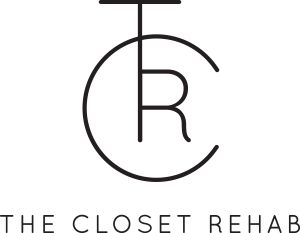
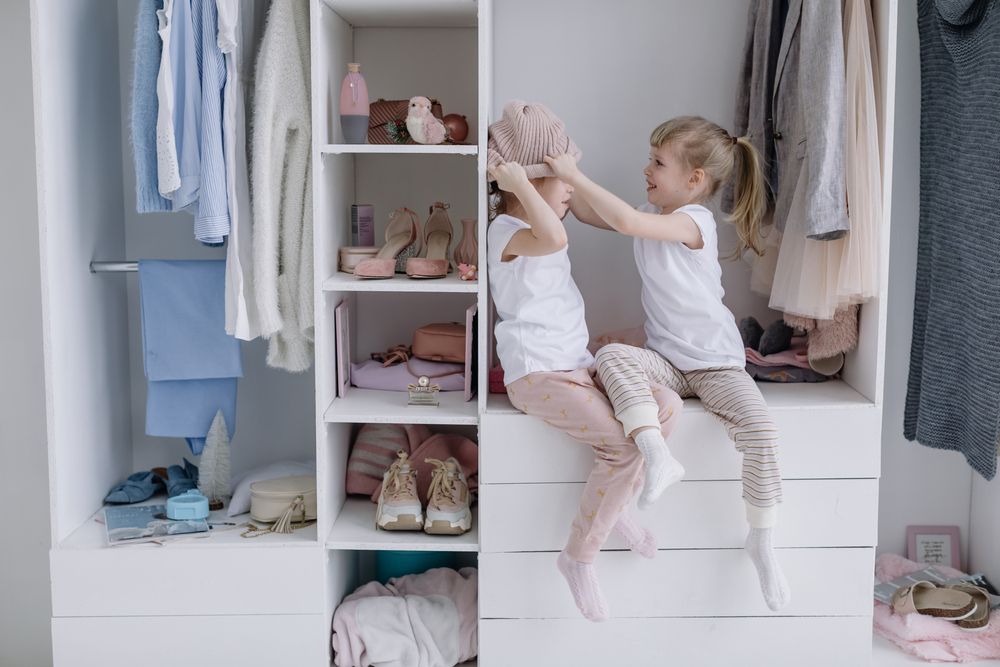
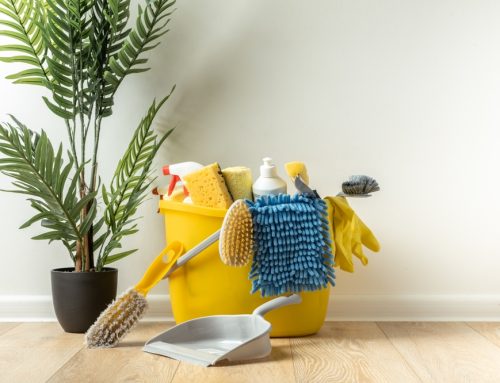
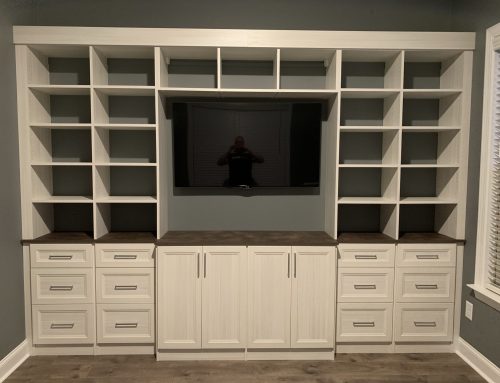
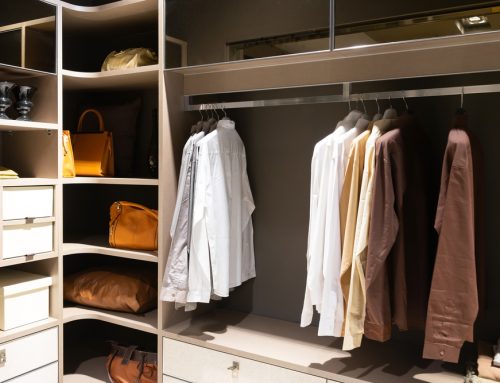
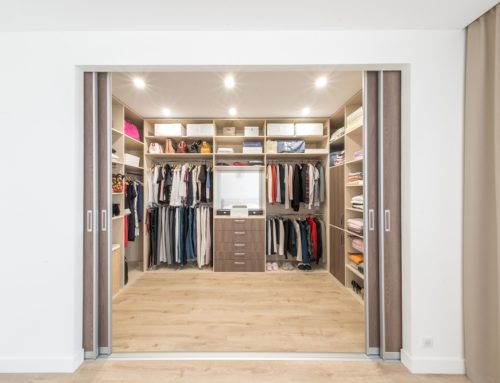

Leave A Comment